Volumes 16 are widely regarded as the standard reference work for the fundamental knowledge about horses and their training, as well as riding, driving, and vaulting. Furthermore, their principles are recognised by the Fdration Equestre Internationale (International Equestrian Federation, FEI).
The basic training of horses and riders has been completely revised regarding language and content in the new Principles of Riding, while still taking into account the well-established principles of the Old Masters. In doing so, this traditional and fundamental work has undergone a comprehensive modernisation.
The horses instincts and natural behaviour are presented in detail as the basis of communication and understanding between horse and rider. Modern scientific research relating to training theory and biomechanics has influenced the systematic training of the rider as well as that of the horse. Nevertheless, these Principles of Riding aim to practically assist horse lovers who want to learn, irrespective of whether they ride for leisure or competitively, are interested in hacking or hunting, or want to develop and improve their basic training for dressage, show-jumping or eventing.
More clearly than in previous editions, emphasis is put on an integral approach to the interaction between horse and rider that all depends on harmony between horse and rider. The correct seat and the appearance of the horse under the rider are regarded as the result of correct riding.
This fundamental work provides reliable guidelines for the correct training of horse and rider for all riders and trainers, but also for competition judges and all those showing a general interest in equestrian sport.
Deutsche Reiterliche Vereinigung e.V. (FN)
Sports Department
Today, as in the past, the ideas expressed in Principles of Riding are based on the principles of classical riding. Classical riding can be defined as:
A vital and modern training system which builds on the basic principles of the Old Masters, supplemented by new insights which serve the welfare of the horse and are purposeful for its training.
Classical riding has developed over the centuries, with the contribution of many significant historical riding masters. What did not become established was discarded. Established knowledge was recognised, passed on and developed further. That is, regardless of the different uses of the horse, how the following essential and eternally valid criteria of classical riding according to the Principles of Riding of the German Equestrian Federation (FN) have evolved.
Classical riding:
- Is orientated towards the nature of the horse that is, the horses needs and each horses natural, individual abilities.
- Considers:
the physical precondition of the horse and
the natural behaviour of the horse. - When done correctly, is species-appropriate and supports the horses welfare.
- Is aimed towards a balanced gymnasticising and strengthening of the horse.
- Is focused on the training of each individual horse, and is thus diverse and versatile.
- Develops and maintains a horse that performs willingly and confidently,
- Demands from the rider an elastic, balanced seat, a sensitive, fine use of the aids, as well as an understanding of the nature of the horse and its correlation to training, and thus leads to inner and outer balance of horse and rider.
The overall structure and content of the Principles of Riding is focused on this fundamental understanding. The Training Scale, contains the following six elements:
 R HYTHM
R HYTHM
(regularity of all steps or strides).
 S UPPLENESS
S UPPLENESS
(supple contraction and relaxation of the muscles through inner relaxation).
 C ONTACT
C ONTACT
(constant, soft connection between the riders hand and the horses mouth).
 I MPULSION
I MPULSION
(transmission of the energetic impulse from the hindquarters over the swinging back into the overall forward movement of the horse).
 S TRAIGHTNESS
S TRAIGHTNESS
(even gymnasticising of both sides of the horses body to compensate for the horses natural crookedness).
 C OLLECTION
C OLLECTION
(light-footed balance covering less ground with energetic hind legs that are brought under the body in self-carriage).
Training System of the Horse / Training Scale
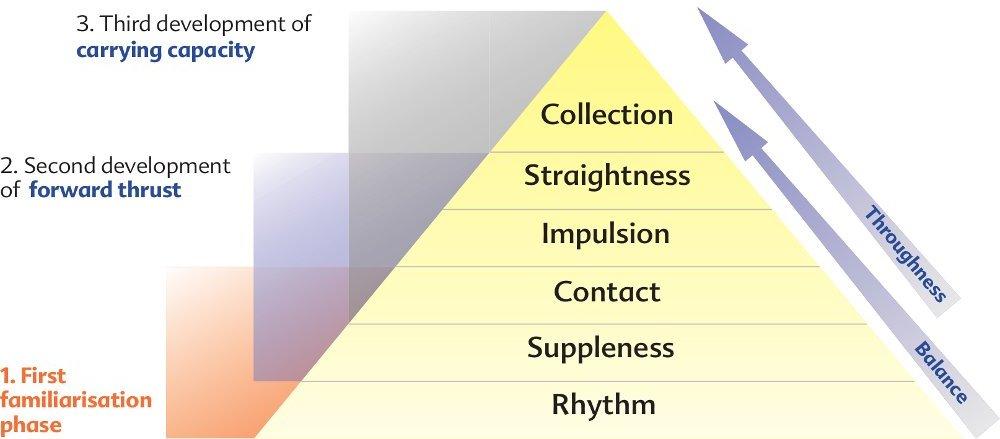
With the continuous improvement of rhythm, suppleness, contact, impulsion, straightness and collection, balance and throughness are further refined.
This structure is defined as the centrepiece of classical riding because it gives a guideline not only for the long-term training programme of the horse, but also for every individual schooling session, regardless of the intended use of the horse. The six steps simultaneously influence each other. They lead to the horse developing an ever-improving throughness (throughness describing the condition of the horse when it fulfils all of the elements of the Training Scale at its respective level of training and responds willingly to the interplay of the riders aids), as well as an increasingly assured balance when combined with the education and submission of the horse.
A correctly shaped horse (one with basic physical attributes that are enhanced and developed to the optimum by the application of classical principles) emerges as a result of training. Each rider should not only know these classic principles, but also consider self-critically, how they can be put into practice. Those who deal with horses must recognise the horses basic needs, respect them and assume responsibility for them. to competent, sensitive care, as well as to riding with plenty of feel.
As with people, strengths and weaknesses form part of the individual characteristics of every horse. Supporting the horses strengths as well as recognising its weaknesses and then minimising them is the practical aim that requires the rider to have knowledge, skill, experience, understanding and patience.
The horse is gymnasticised through the Training Scale as a holistic method. This way, horse and rider will find a mutual balance, which enables them to communicate with each other, very delicately. Ideally, the movements of the horse and rider merge into one. The observer whether non-professional or expert will only perceive a harmonious overall picture.
Education and training according to classical riding creates a willing, cooperative horse, regardless of intended use, as long as these methods are employed correctly. Thus, riding will lead to pleasure, while at the same time ensuring the horses health.
A balanced, independent seat is the basis for this training. Riding different, well-trained schoolmasters is an essential part of the riders learning process as they need to adjust to riding any horse with different physical conformation, movements, and their own individual character traits. This gives the rider a greater understanding of the horse, both physically and mentally, and helps develop riding skills and, more importantly, feel. The horse is always the mirror of the riders influence.

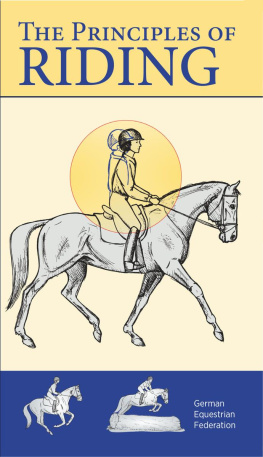
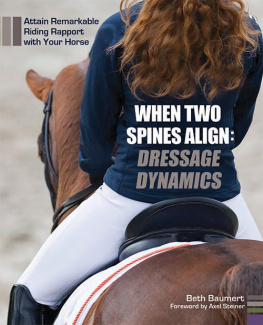

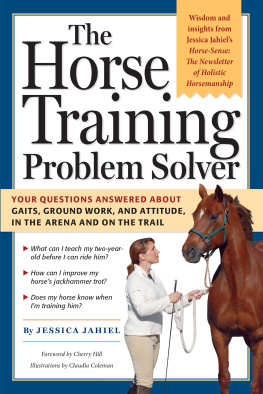
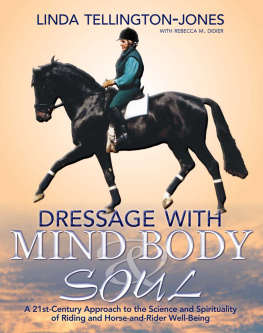
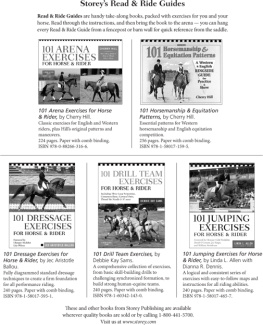
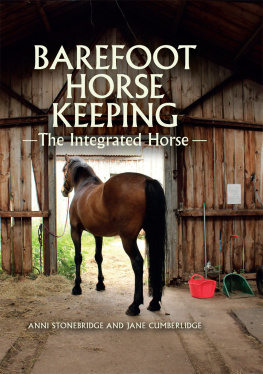
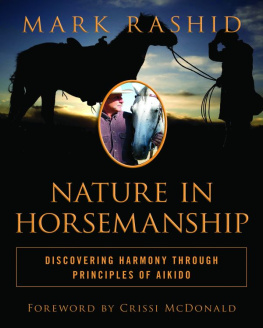
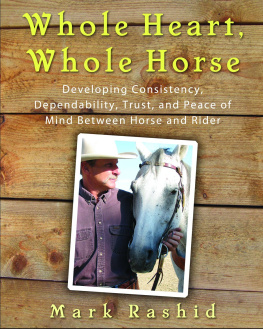
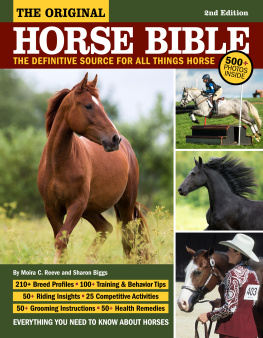
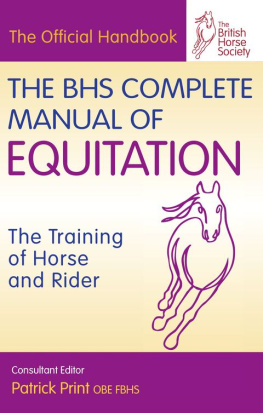
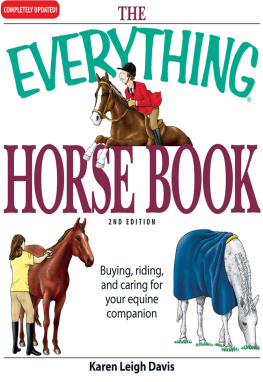
 R HYTHM
R HYTHM